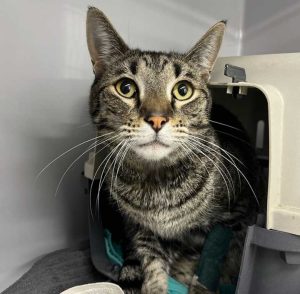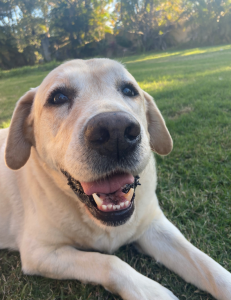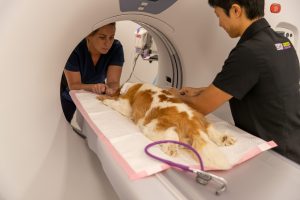Meningitis: A Severe Central Nervous System Disease
What is Meningitis? Meningitis is a disease disorder of the nervous system that may vary depending on its location, extent and severity. This condition is rare in dogs and cats, and there is also no breed, age, or sex predisposition. …






